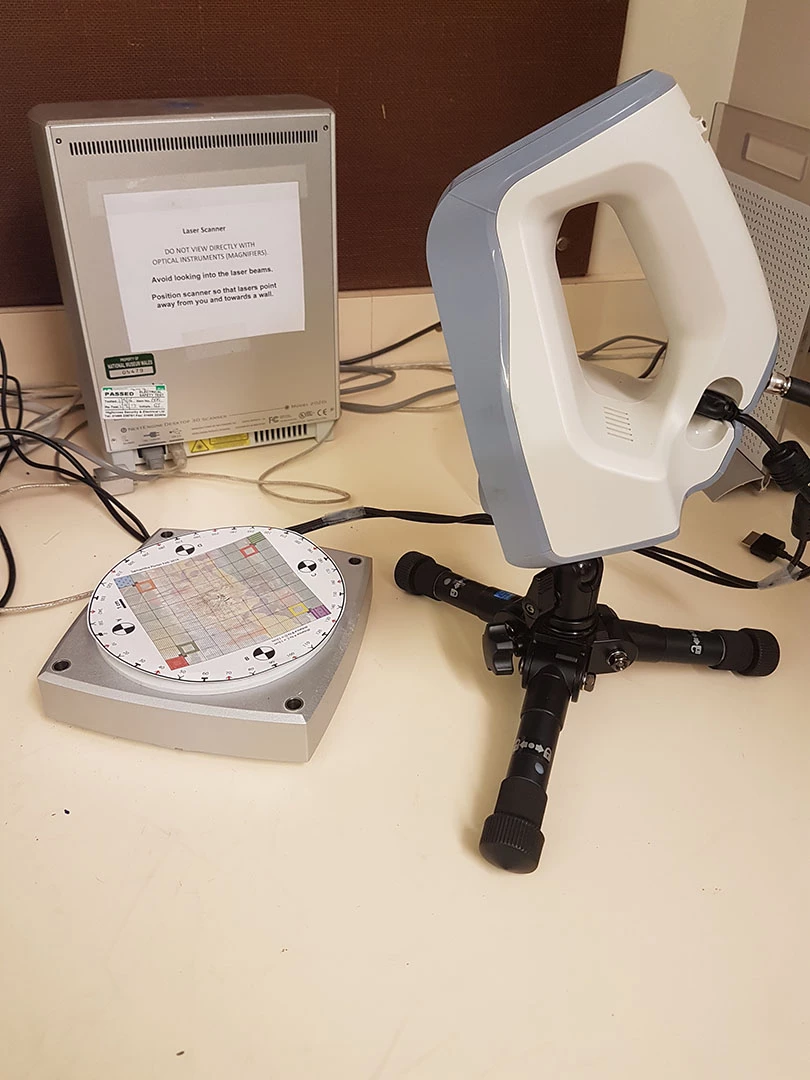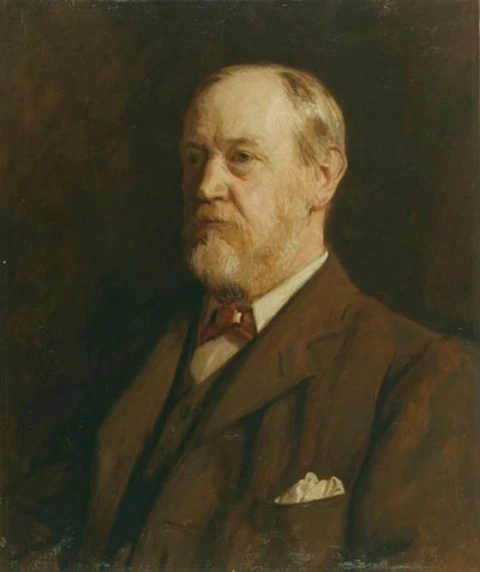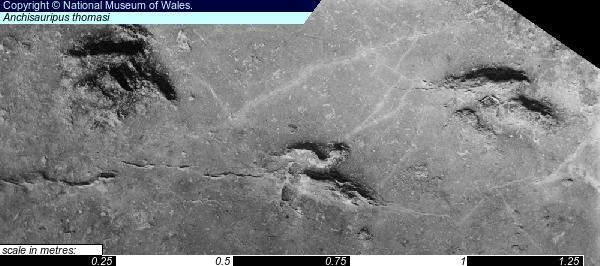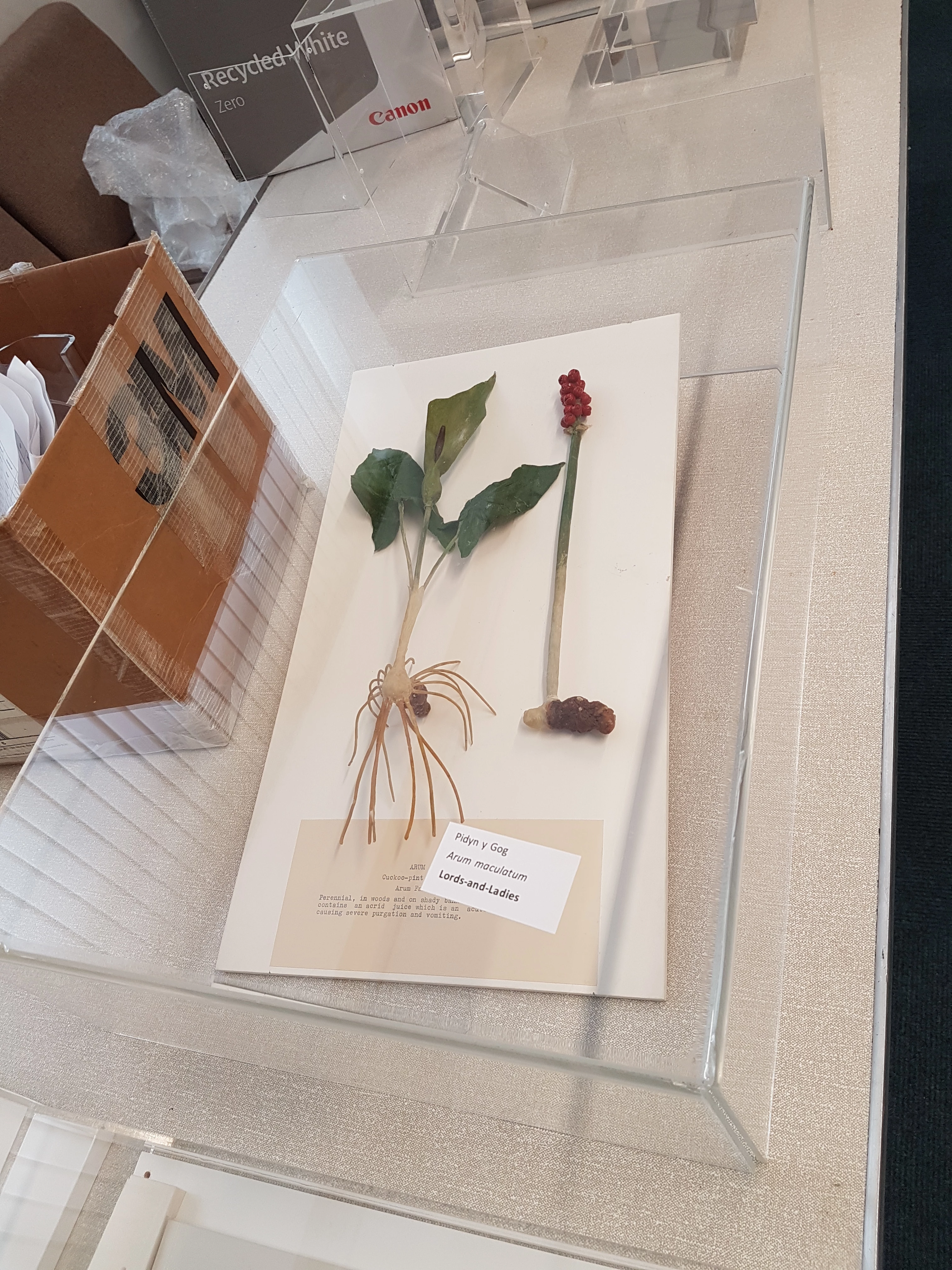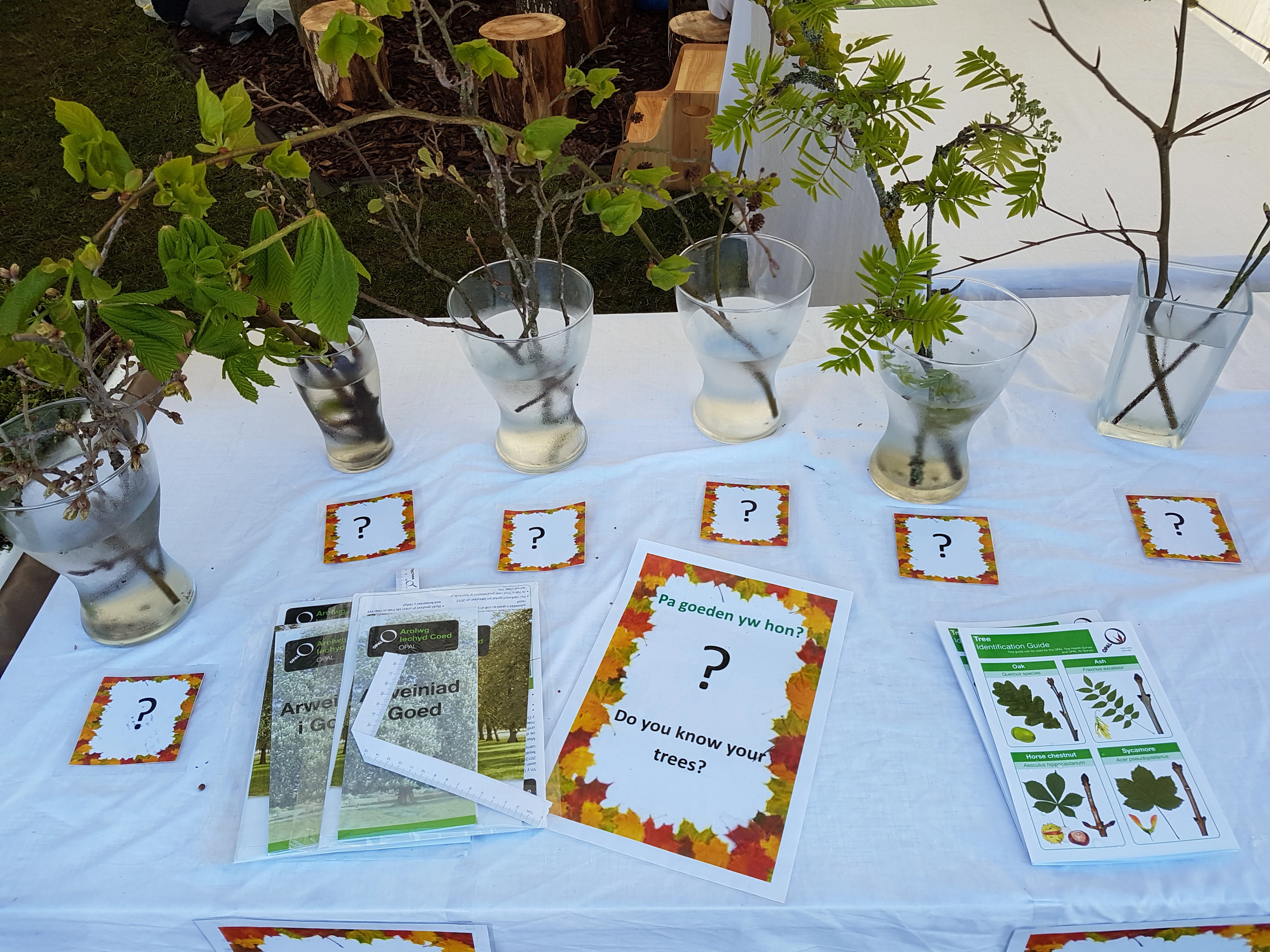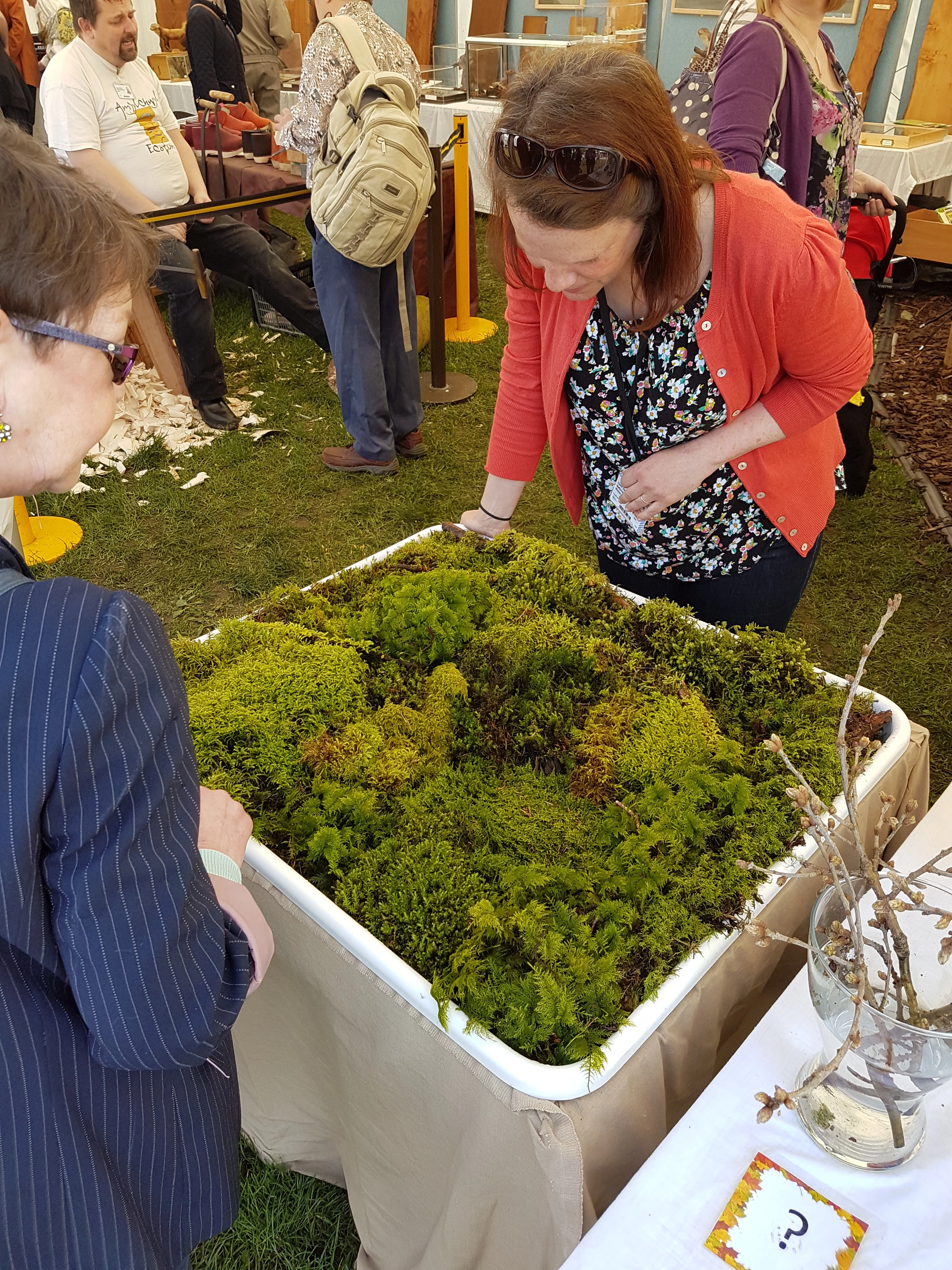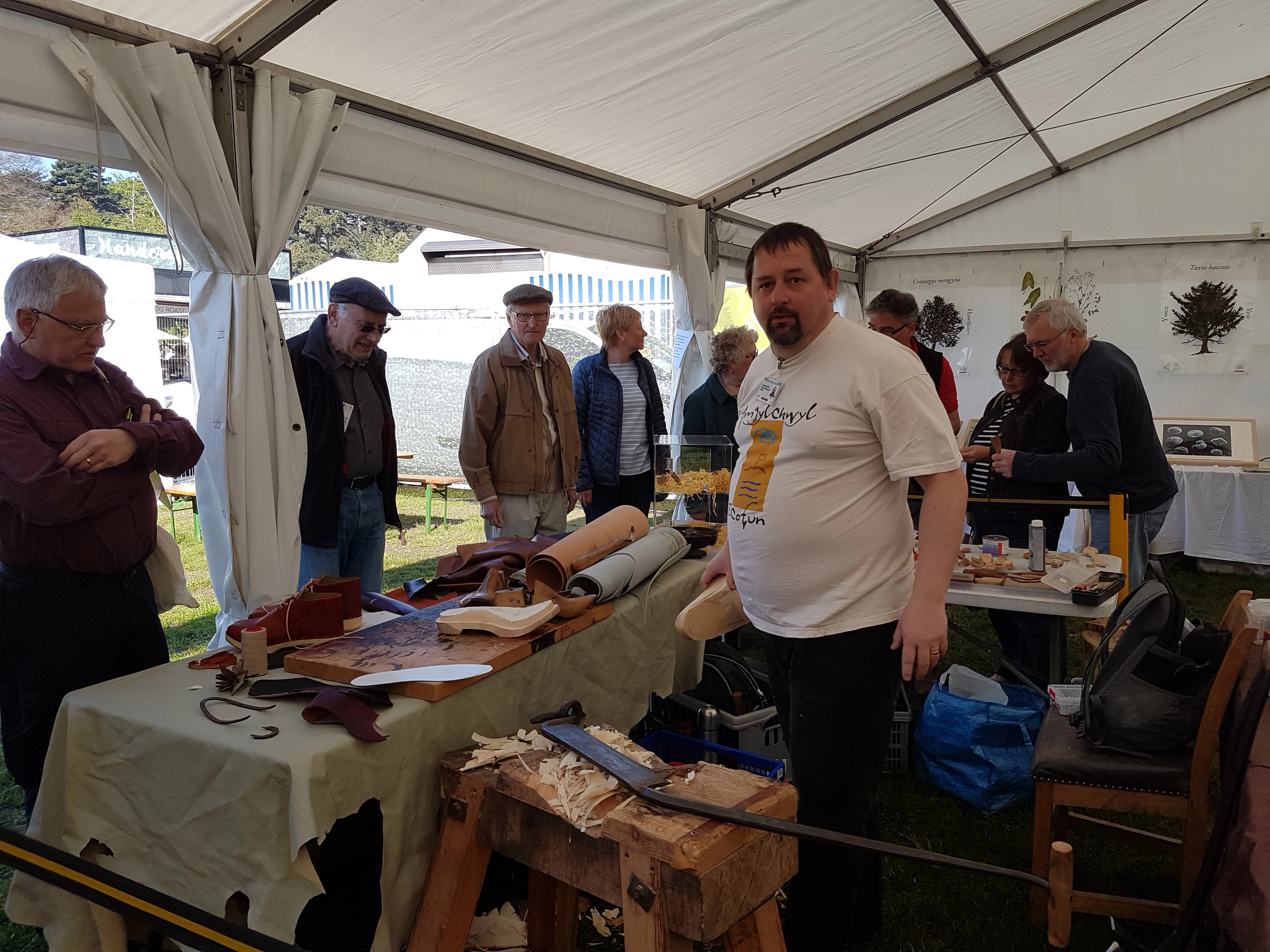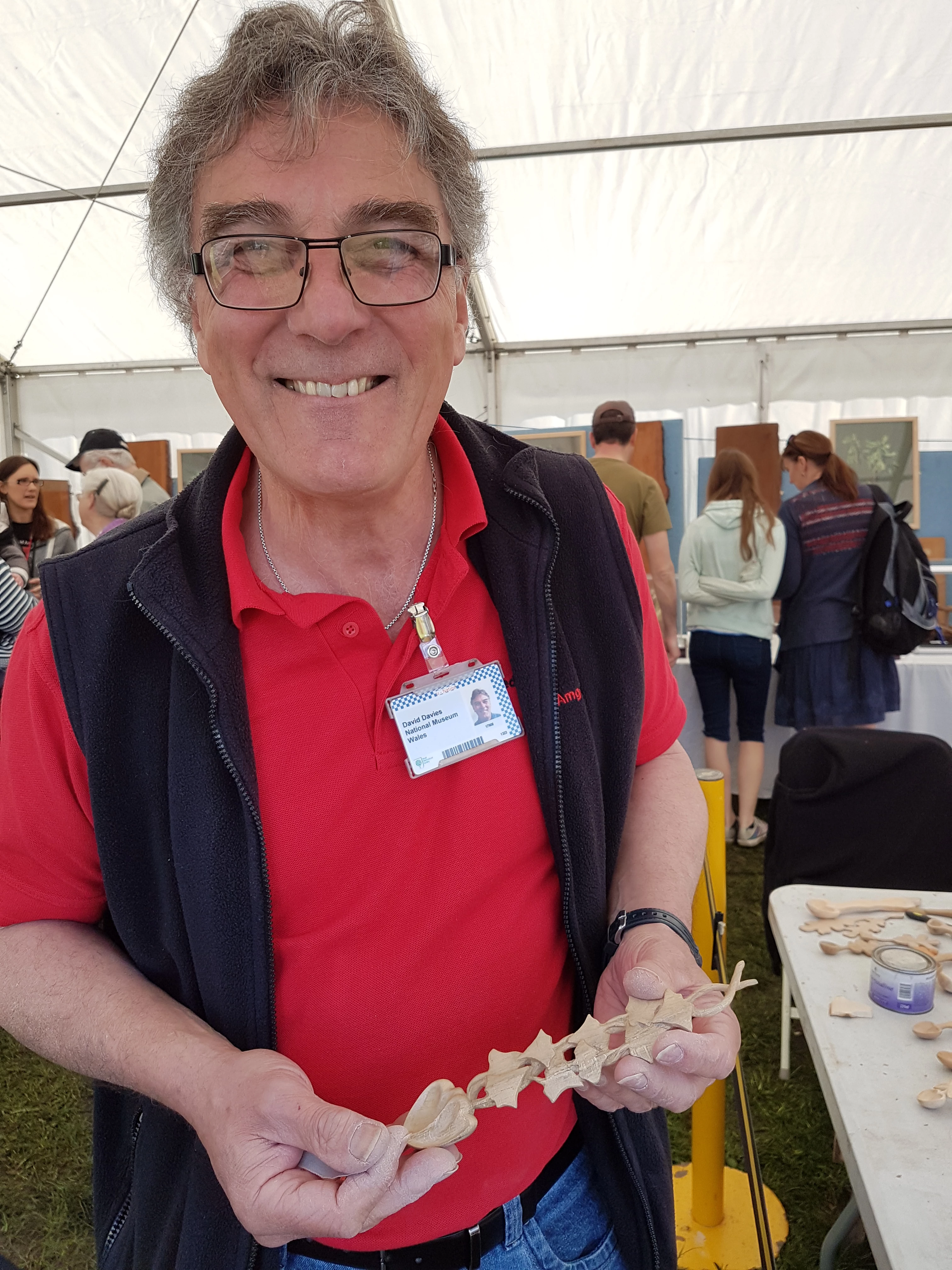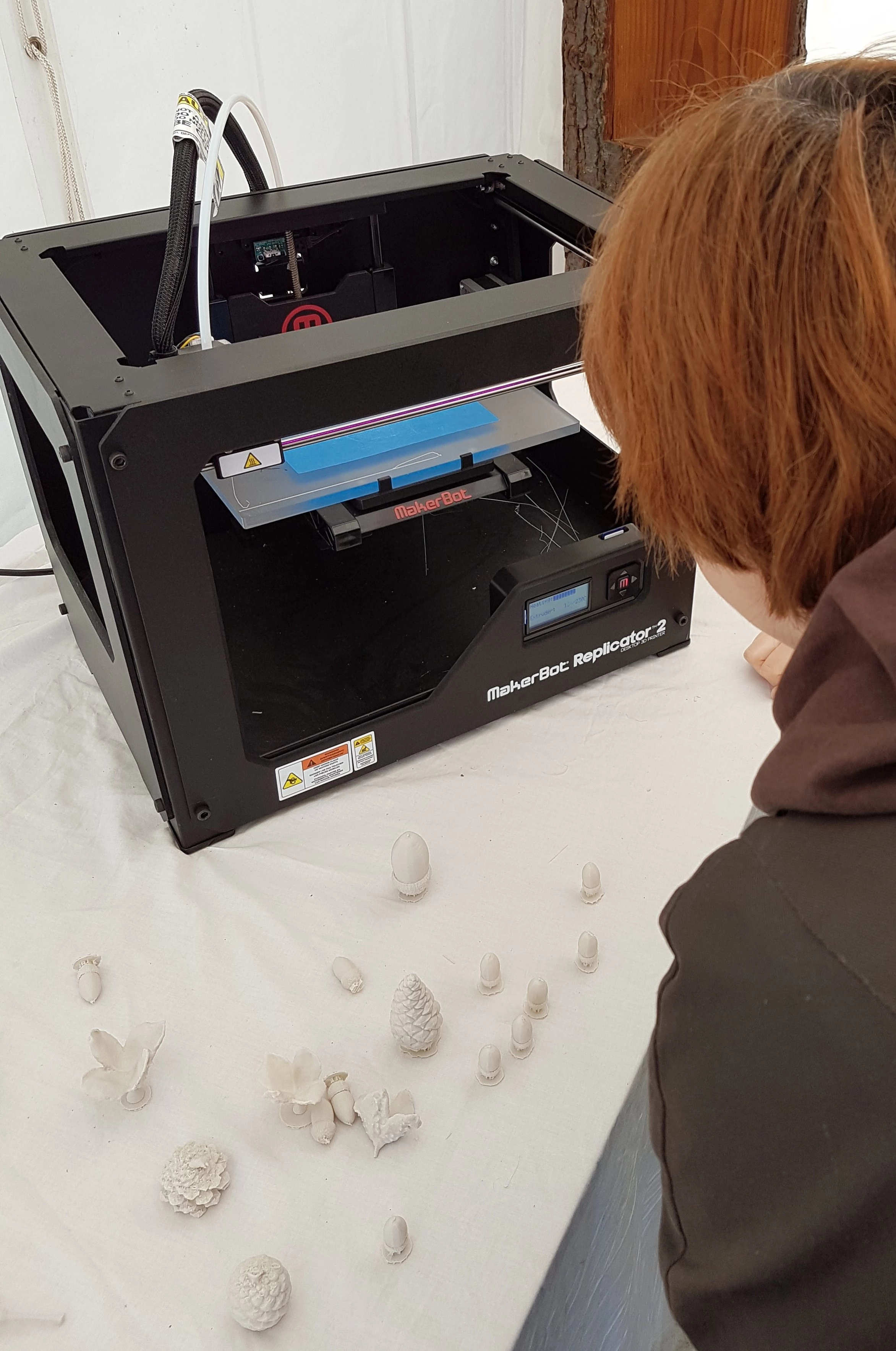The first dinosaur footprints found anywhere in Europe
One sunny evening in September 1878, Welsh artist and naturalist Thomas Henry Thomas was wandering around the small village of Nottage, just outside Porthcawl. The rays of the setting sun were shining across a large slab of rock placed on the edge of the churchyard. The local villagers told him that the five strange markings on the rock were the footprints of the devil as he strode across the slab. The rock had lain between the church and the village pub for years, and was a local curiosity.
Thomas was a well-educated man, born in Pontypool in 1839, and had studied Art at the Royal Academy, before returning to Wales. He was a key member of the Cardiff Naturalists Society, and a well-respected artist as well. On discovering the footprints, illuminated by the setting sun in the churchyard, he was struck by the similarity between these markings and newly found dinosaur footprints in North America. He quickly sketched the prints and informed various local geologists. John Storrie, curator of the Cardiff Museum, visited the site and made a cast of the trackway.
The President of the Cardiff Naturalists Society was Colonel Turbervill, who arranged for the rock to be brought to the Cardiff Museum for safe-keeping.
Thomas H. Thomas wrote a short paper, in January 1879, describing the footprints and also his attempts at Bristol Zoo, to persuade a suspicious Emu to walk across modelling clay, for comparison! He described the footprints as "Tridactyl Uniserial Ichnolites", but left it to Professor W Sollas of Bristol University to publish a formal description, with the name Brontozoum thomasi. We now know that these footprints were made 220 million years ago by a medium-sized meat-eating dinosaur, similar to Megalosaurus which evolved later.
The original footprint slab was around 6' 6" long and 5' 6" wide, and about 6 inches thick, although excess rock was later removed to make it easier to handle and display. When the collections of the old Cardiff Museum were transferred to the new National Museum of Wales in 1907, the footprints were one of its most important acquisitions. Currently the fossil is on display in the
Evolution of Wales gallery
, as befitting the first dinosaur footprints found anywhere in Europe.
Wales has an important place in the evolutionary history of dinosaurs; not only this early set of footprints, but also another major trackway site near the town of Barry, which is one of the most significant sites of its age in Europe. The rocks of this area were laid down around 220 million years ago, at a time when Wales was a low-lying desert, similar to those in the Arabian Gulf today, and dinosaurs had just evolved. Over the next 20 million years, the sea-level rose and the deserts disappeared underwater. However the dinosaurs living on higher ground continued to diversify into different species, one of which was Dracoraptor, the small theropod dinosaur found near to Penarth in 2014, and now on display at the National Museum Cardiff.


